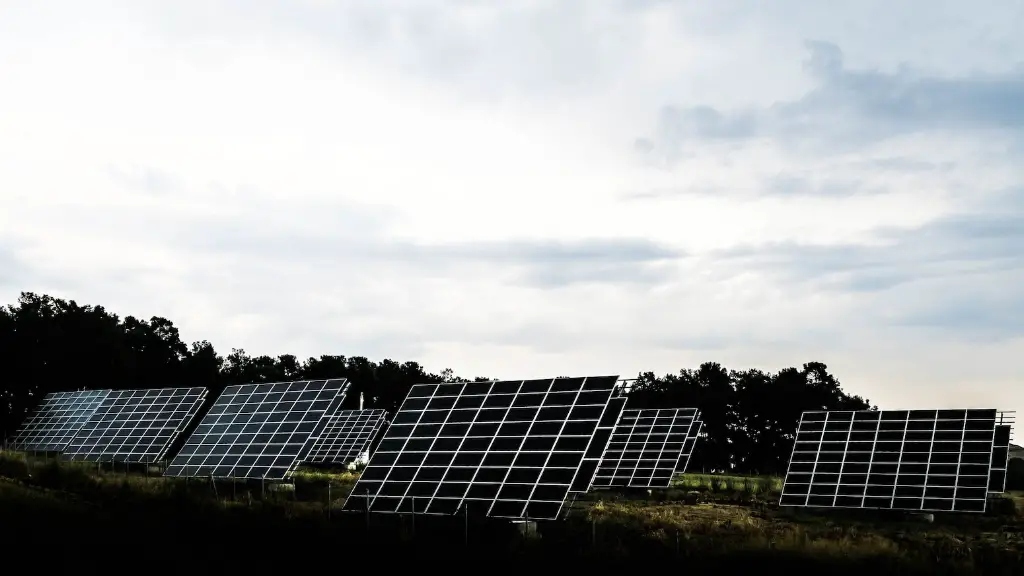As countries around the world grapple with the threat of global warming, there is no one perfect solution to this monumental problem. Choosing where to live is an important decision that requires careful consideration of the factors driving climate change and the resources available to mitigate its effects. From coastal cities to rural areas, this article explores what factors are important to consider when analyzing where is the best place to live in regards to global warming.
Many experts argue that the best place to live to minimize one’s contribution to global warming is in places with temperate climates, or climates where temperature and other environmental conditions remain relatively stable throughout the year. These areas tend to have less extreme weather patterns and are often less dependent on air conditioning or the burning of fossil fuels for heating in the winter. One example of a temperate climate region is the U.S. state of Oregon, which boasts some of the lowest heating and cooling costs in the country.
Another important factor to consider when selecting where to live is the availability of renewable energy sources. Areas with policies favoring solar, wind, and other green energy are likely to have reduced carbon emissions, and thus be better contenders for living with global warming in mind. Austin, TX, is an example of a city with a strong renewable energy infrastructure, thanks to the support of the municipal government and the abundant sunshine in the area.
The presence of public transportation is another important factor when considering where to live in the face of global warming. Transportation is a major contributor to greenhouse gas emissions, accounting for one-fourth of all emissions. Areas with good public transportation, such as San Francisco, are likely to have less emissions-heavy cities with fewer pollution-related health problems. On the other hand, transportation infrastructure in rural communities is often limited and residents may be more likely to rely on automobiles for their daily activities.
Finally, the availability of green spaces, such as parks or gardens, is an important factor when evaluating the best place to live. Green spaces are a great way to reduce urban heat islands, as they absorb more heat and release more moisture than built-up areas. They can also counter the urban sprawl associated with an increasing population and rising temperatures, while also providing recreational, educational, and other benefits to local communities. Seattle, WA, is an example of a city with a high percentage of green space due to its numerous parks and gardens.
Investing in renewable energy is an important step, but individuals have an important role to play in curbing global warming. Living in a temperate climate and investing in public transportation, renewable energy sources and green spaces may be the best way to reduce one’s contribution to global warming. From coastal cities to rural towns, there are many places where one can live and thrive responsibly in the face of climate change.

